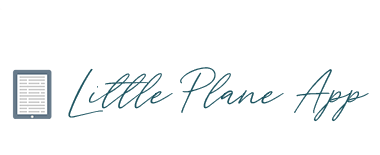The development strategy frames effective constraints which are not only a facilitator but a requirement to value-driven invention. Going digital is about breaking down days gone by and leading toward the future with a quantum leap. With speedy changes, the overwhelming development of information, growing technologies and powerful markets, staying competitive means running a highly innovative business.
Organizations are constantly morphing under great pressure from the waves of creative devastation that keep business in invention mode. Highly innovative business leverages invention strategy as a highly effective constraint to remain concentrate on building the technology capacity of the business and unlocks a fresh market or income stream. Innovation is about moving forwards. In any business, if you forward are not moving, you are moving backwards.
MakerLabs, an interactive design-build collective, provides its members with the various tools and experience they need to build what they want. Established companies can also make the switch from loyalty to empowerment. Consider the insurance and pension industry, long governed by the belief that complex investment decisions are best made by experts (companies or intermediary financial advisers) on behalf of members.
Multinational insurance and pension supplier reframed that perception by proposing the contrary: what if customers preferred to make their own investment decisions, even if they didn’t have the qualifications of investment specialists? The business now provides customers with web-based investment information, and decision-making tools, along with appropriate risk warnings.
- 9 years ago from Greece
- Moments ago 2019-08-07T04:15:57Z
- Standardized functions
- 07-15-2019, 11:53 AM
- Interview Practice is approximately SPEAKING
These enable customers to invest a share of their funds straight in businesses of their choice. This work is within its early days, but customer pick-up and the profitability of products are encouraging. One of the most dominant beliefs regulating today’s big companies is that improving efficiency is the most dependable way to increase revenue.
Especially if market requirements change only steadily, companies have the required time to minimize the creation costs of their existing products. Today, of course, continuous efficiency improvements are a prerequisite for a wholesome bottom line. They may be necessary, but they’re not sufficient. In quickly changing markets today, many products become obsolete before they have been “leaned out,” so managers get less time to improve production processes fully.
Companies are therefore building versatility and embedded cleverness straight into the creation process to help them adapt quickly to changing needs. Embedded cleverness can, over time, help companies to boost both the performance and the value-in-use of products and services and therefore to boost their pricing. In essence, digitization is empowering businesses to exceed efficiency, to create learning systems that work harder and smarter. Consider what sort of web-based global hotel-booking platform used quick reviews cycles to reframe the focus of its business model from efficiency to user satisfaction, thereby opening new revenue opportunities.
The hotel-booking industry’s central belief has been that success depends on two things: negotiating power with hotels and a trusted web interface for customers. The business reframed this prominent belief by asking if customers reserving an accommodation might look for more than convenience, speed, and price. This frame was tested because of it through some iterations to its website.
Even small changes-such as the use of photographs, a warmer (, or sometimes cooler) firmness for the site’s text message, and the addition of testimonials from happy customers-raised the click-through rate. This insight confirmed the frame: a reservation site is more than just a functional service; it may become an interesting customer experience also. As a result, the ongoing company has integrated continuous feedback loops and daily experiments into its key activities, creating a true learning system. Now it enhances and adjusts its site daily to boost customer increase and engagement revenue.




